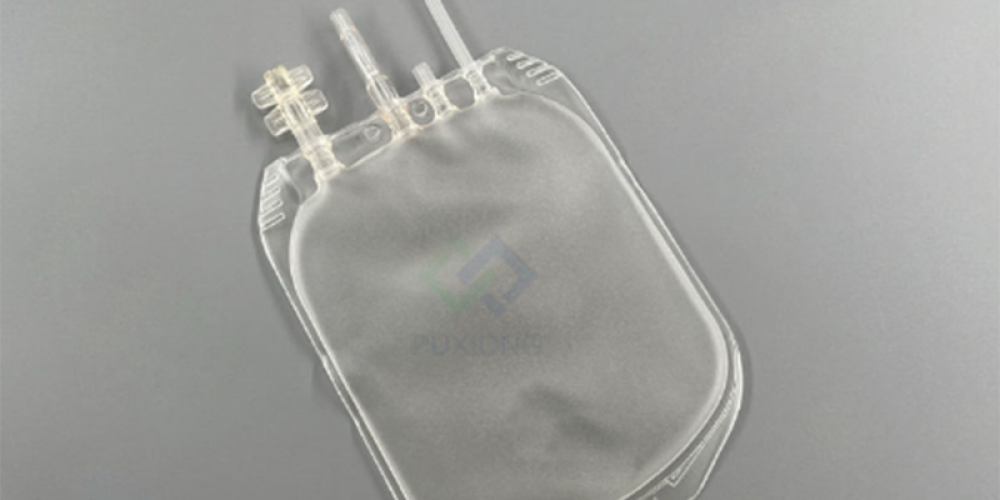
The biocompatibility and safety of blood bag materials are critical factors in ensuring transfusion safety, directly impacting patient health and clinical treatment outcomes. The following provides a detailed analysis of material selection, biocompatibility requirements, safety evaluations, and technological advancements:
I. Material Selection and Biocompatibility
Medical-Grade Polyvinyl Chloride (PVC):
PVC was widely adopted for its low cost and flexibility but requires plasticizers like DEHP to enhance elasticity. However, DEHP poses potential toxicity risks, as it may migrate into the bloodstream and cause reproductive toxicity or endocrine disruption in high-risk groups (e.g., adolescent males, pregnant women). Consequently, China’s National Medical Products Administration (NMPA) mandates that DEHP-containing blood bags must include warning labels and promotes the use of non-DEHP plasticizers.
Thermoplastic Elastomers (TPE):
TPE, a novel material, achieves flexibility without plasticizers, significantly reducing toxicity risks. It exhibits superior biocompatibility, avoiding hemolysis, coagulation, or pyrogenic reactions with blood components. Its enhanced permeability to oxygen and carbon dioxide makes it ideal for storing gas-sensitive components like platelets.
Medical Polyester (PET):
Processed PET filter materials demonstrate excellent biocompatibility with blood, being non-toxic and non-hemolytic. They are widely used in leukocyte filtration systems to ensure no harmful substances are introduced during filtration.
II. Biocompatibility Requirements and Testing
Cytotoxicity Testing:
Evaluates material toxicity to blood cells (e.g., erythrocytes, leukocytes) using cell culture techniques to ensure no cell lysis, death, or functional impairment.
Hemolytic Reaction Testing:
Measures hemoglobin release after blood-material contact to assess hemolysis risks. Qualified blood bags must have a hemolysis rate below national standard thresholds.
Pyrogenic Reaction Testing:
Ensures materials do not introduce bacterial endotoxins or other pyrogens, preventing post-transfusion adverse reactions like fever or chills.
Coagulation Function Testing:
Assesses material effects on coagulation factors and platelet function to avoid activation of the clotting system or thrombus formation.